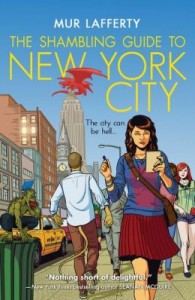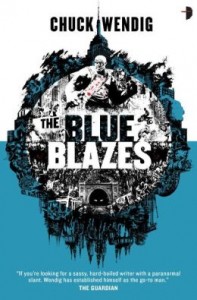In my prior post I talked quite a bit about scenario and character design when it comes to convention games. This time around, I want to talk about time management. There are two aspects of time management. This first is pre-game preparation, the second is in-game pacing.
While I think the variety of the scenarios I came up with was a good idea for a couple of different reasons, it resulted in extra work to get ready for the con. I was smart enough to have two of the adventures use the same set of pre-generated characters, which saved some prep time, but three different four-hour scenarios is a lot of work.
I also outsourced some of the character creation. This didn’t save me as much time as I expected for a couple of reasons. First, I had to go over the characters and make sure they were all built the same way on the same number of points. Second, I had to take the Second Circle characters and boost them up to Fourth Circle.
All of that stuff falls under your standard time management umbrella, though, and not really the main thing I want to focus on. You obviously want to give yourself enough time to getting everything prepared in advance. I was making notes and finishing things up the Tuesday before we left for the convention. If I had to do it over again I would procrastinate less.
What I want to really talk about is pacing. At a convention game, you have a fixed amount of time (traditionally four hours) and unless you are intentionally running a multi-stage campaign you need to fit the entire scenario into that window while also allowing time for introductions, selecting or assigning characters, and any other special stuff you need to cover before the adventure proper gets under way. It’s also not a bad idea to shoot for an early wrap-up, giving players a bit of time to pick up their stuff, chat, or head on to their next scheduled event. Conventions can be very busy, and people often appreciate being given a little bit of breathing room.
This means you are better off shooting for a three (maybe three and a half) hour adventure with a clearly defined goal (or set of goals). The path to that goal may not itself be clear-cut, but the players should have a good idea of what they need to accomplish. When I was preparing my scenarios I came up with four scenes that defined the arc of the story, trying to go for a mix of combat, role-playing, and investigation/exploration.
I was… moderately successful when it came to pacing. Two Houses, Alike in Dignity suffered the most when it came to pacing, because it was a very much a role-playing scenario, and for the most part I find it a bit harder to… play with time (for lack of a better term) in a role-playing scene. Let me give an example by way of contrast.
The opening scene to Two Houses is a straight-up fight, not connected to the main plot at all. It serves mainly as a way to bring the PCs to the attention of the NPC hiring them for the job, and a way to toss some combat into what is otherwise a pretty non-violent scenario. Some fool has brought a pregnant genhis into the marketplace, and the animal gives birth.
(For those who don’t know, the genhis is a placid herd animal in Earthdawn that gives birth to a brood of dozens of voracious little beasties that try to devour anything and everything nearby.)
Because of the number of potential enemies, and the location, I found it easy to pace the scene. If the fight is going easily, I can bring in more genhis. If it’s not going so well, I can have an NPC adept come in to help out, have the genhis turn against each other (vicious little things that they are), or have an injured one flee. In short, there are different variables that I can tweak in the moment to adjust the level of challenge and how long it is taking to resolve the scene. It’s also relatively easy to determine when the scene is done because the combat is over.
Role-playing scenes, on the other hand, tend to have fewer variables to play with. There are fewer things that can easily and seamlessly extend a scene that is resolving quickly, or resolve a scene that is not going well. This is where some of that pre-game preparation can really come into play. For any given scene (whether role-playing, combat, or exploration) you need to have a goal in mind, and you want to come up with multiple ways the scene could play out, including different ways you can resolve the scene. This should play in to the abilities your player characters have, so that there is a good chance of having multiple “outs” for any given scene in your scenario.
(See, it’s all fundamentally interrelated!)
That will do it for now. I think my next post on this topic will address the role of success and failure in a convention game, both on a scene and scenario level.


